Three Volumes of Traditional Wave Designs
Printed in the ‘Hamonshu’, these patterns were used to adorn swords, ceramics, and other decorative and religious objects.
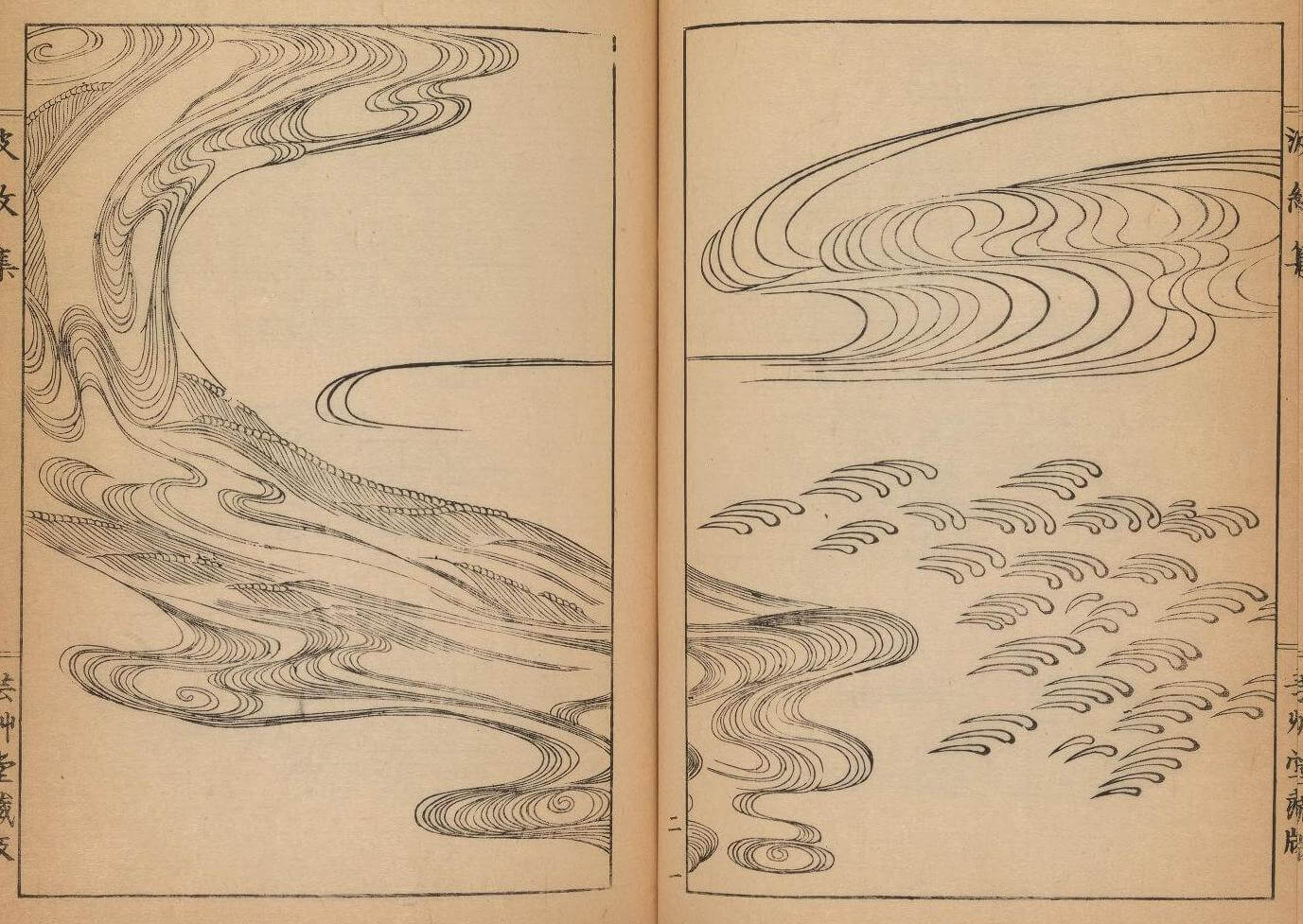
In 1903, Mori Yuzan, a little-known Japanese artist from Kyoto, created a design work comprised of three volumes and entitled Hamonshu. It presents various traditional Japanese wave designs that could be used by local artisans to adorn swords, ceramics, and other decorative and religious objects.
Thanks to the Internet, the book is reliving its youth through a digital version that is now available on the Internet Archive website.
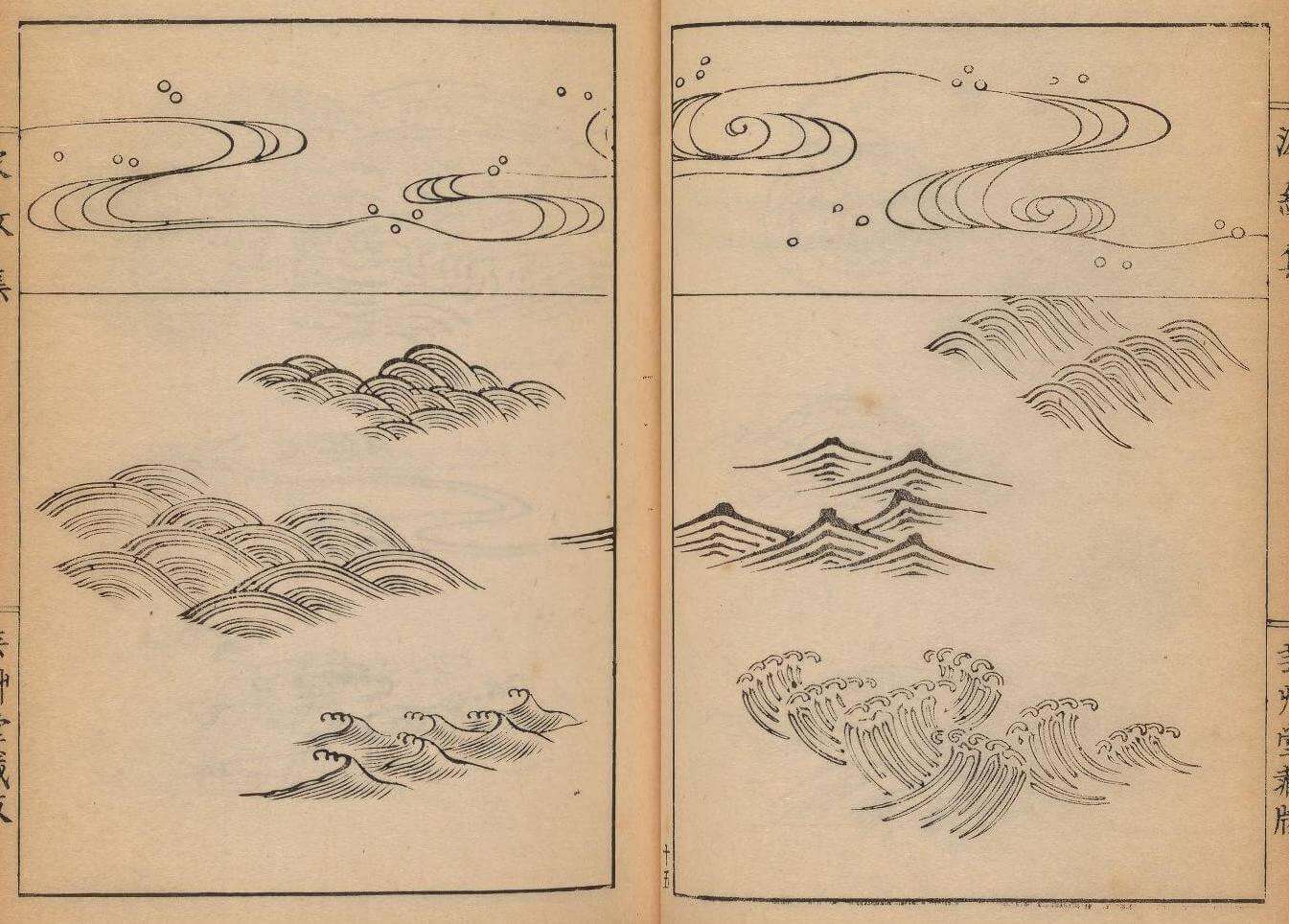
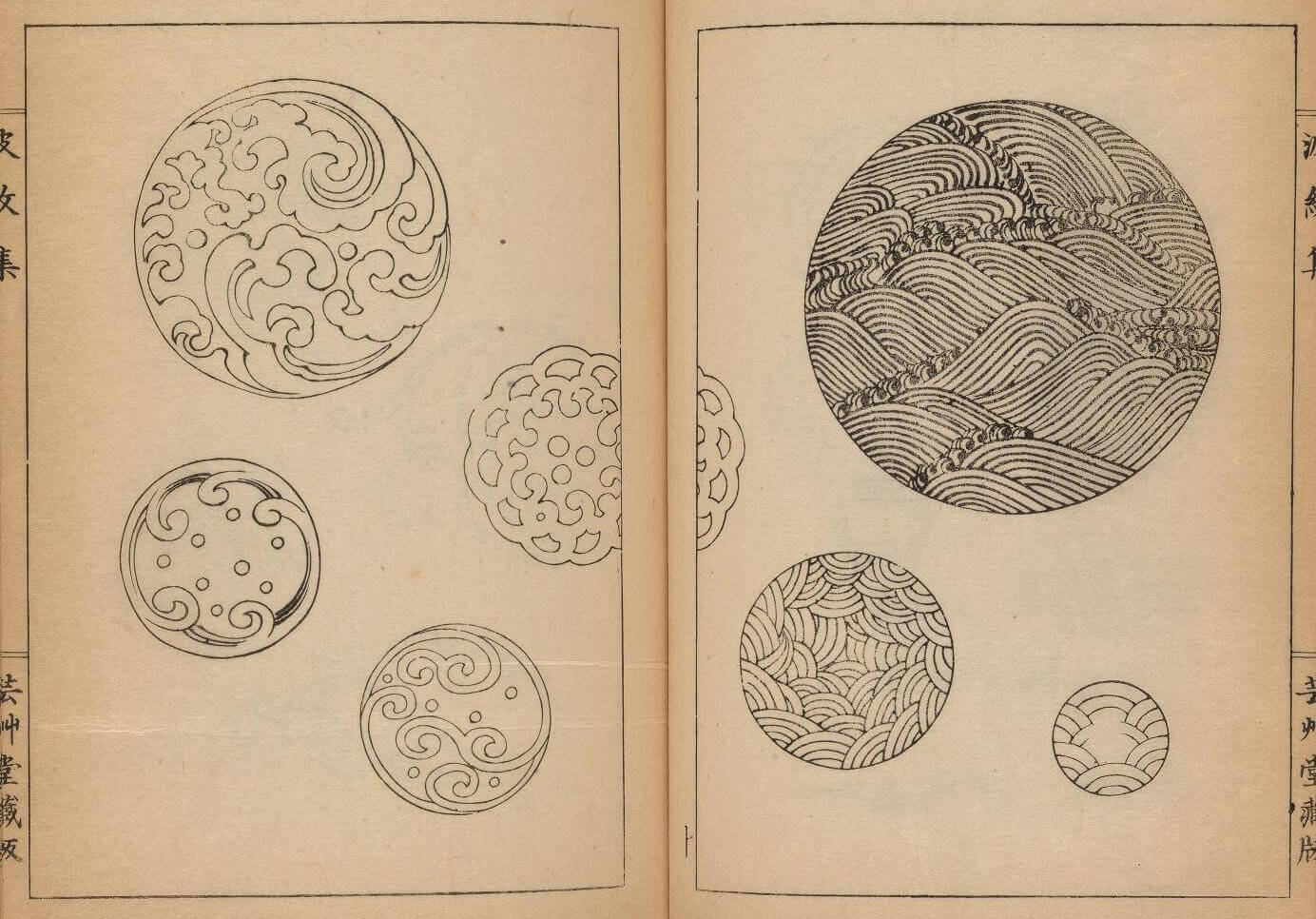
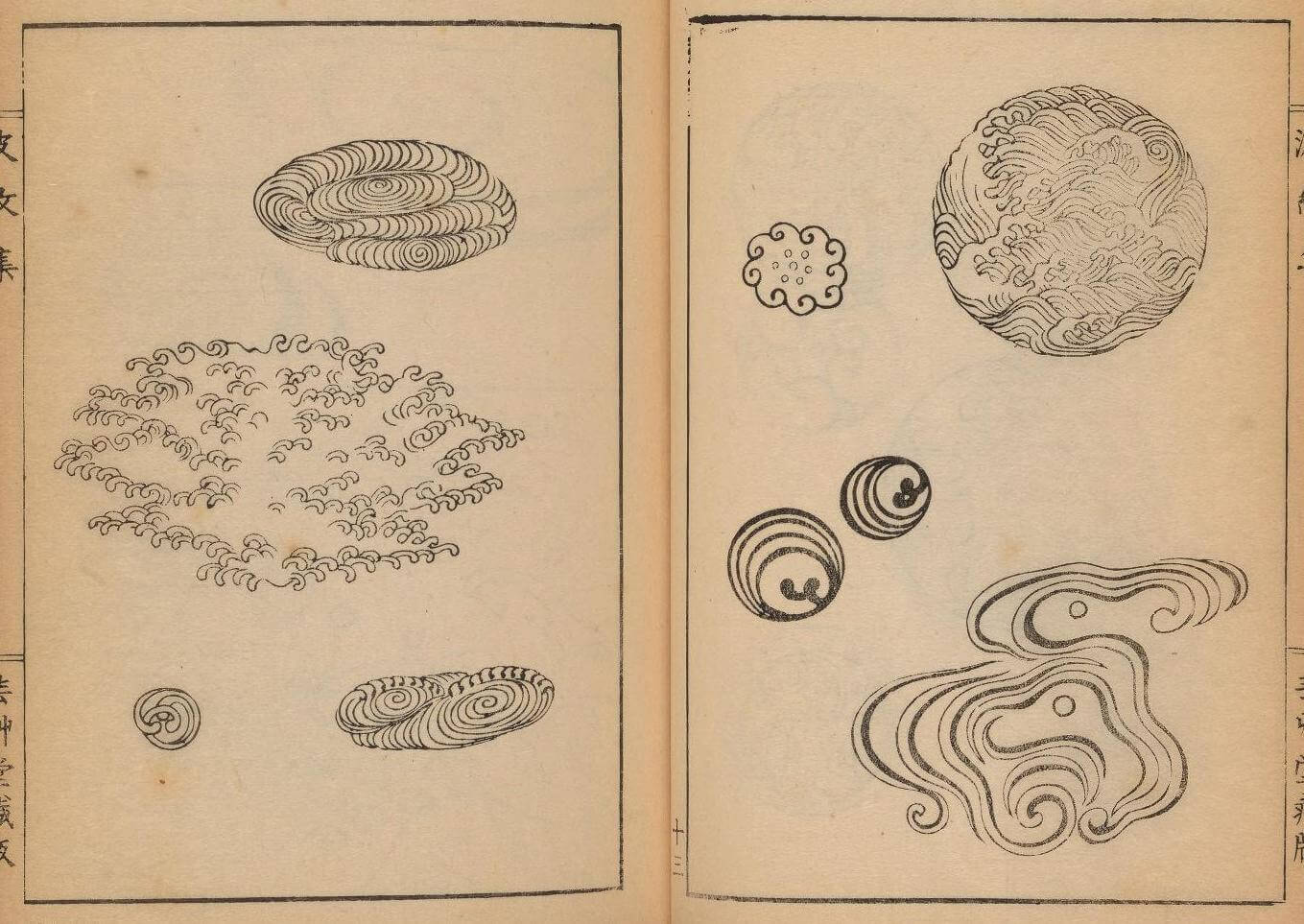
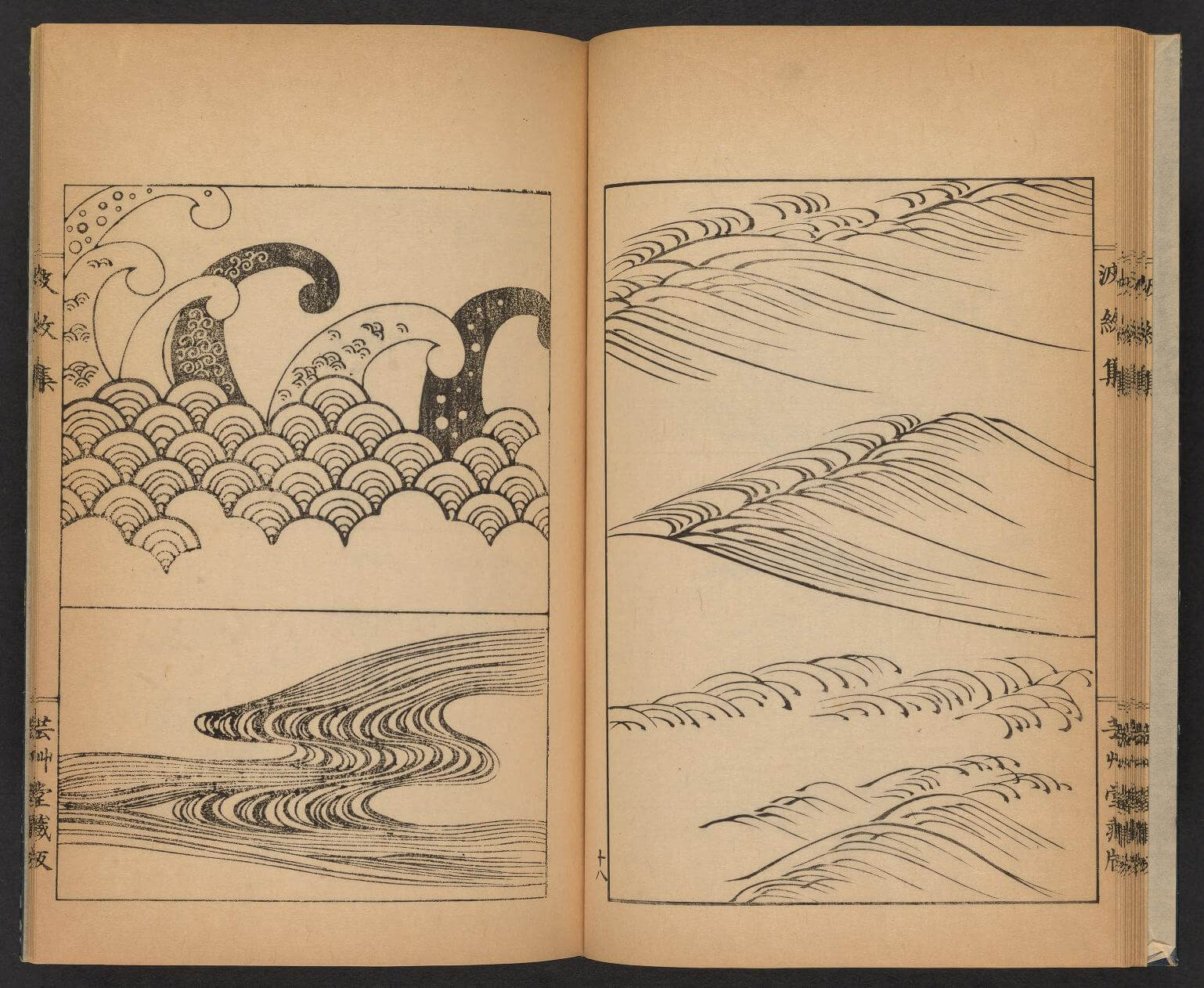
TRENDING
-
The Tattoos that Marked the Criminals of the Edo Period
Traditional tattoos were strong signifiers; murderers had head tattoos, while theft might result in an arm tattoo.

-
Paris, Tokyo: Robert Compagnon
With his co-chef and talented wife, Jessica Yang, Robert Compagnon opened one of the top new restaurants in Paris: Le Rigmarole.
 3:31
3:31 -
Chiharu Shiota, Red Threads of the Soul
Last year, more than 660,000 people visited the retrospective 'Chiharu Shiota: The Soul Trembles' exhibit at the Mori Art Museum.

-
‘Before Doubting Others, Doubt Yourself. Who Can Truly Say a Dish Isn’t What It Used to Be?’
In ‘A Non-Conformist’s Guide to Surviving Society’, author Satoshi Ogawa shares his strategies for navigating everyday life.

-
The Story of Sada Yacco, the Geisha who Bewitched Europe
Described by Dazed magazine as the first beauty influencer, she has been restored to her former glory since 2019.





